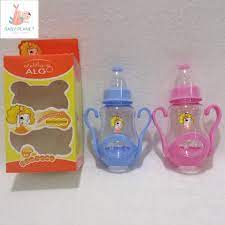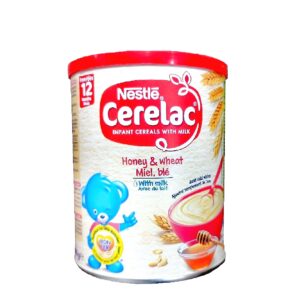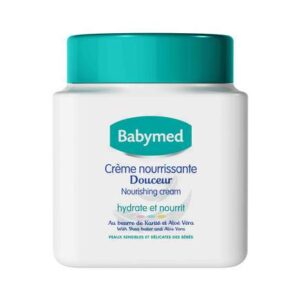When referring to “children glasses,” it could mean eyeglasses designed for children. Here are some general considerations:
- Size and Fit:
- Children’s glasses are specifically designed to fit the smaller face and head proportions of kids. They usually have shorter temple arms and smaller frame sizes to ensure a comfortable fit.
- Durability:
- Given the active lifestyle of children, frames are often made from durable materials like plastic or flexible metal. Some frames are designed to be more resistant to bending or breaking.
- Styles and Colors:
- Children’s glasses come in various styles and colors to appeal to kids. Bright colors, patterns, and popular cartoon characters are often used to make the glasses more attractive to children.
- Adjustable Features:
- Some children’s glasses may have adjustable features, such as flexible hinges or nose pads, to accommodate changes in a child’s facial features as they grow.
- Safety:
- Safety is a priority for children’s eyewear. Frames are designed to be safe for everyday activities, and many lenses come with coatings for scratch resistance and UV protection.
- Prescription Lenses:
- If the glasses are for vision correction, they will typically have prescription lenses tailored to a child’s vision needs, whether for nearsightedness, farsightedness, or astigmatism.
- Professional Fitting:
- It’s crucial to have children fitted for glasses by a qualified optometrist or optician. Professional fitting ensures that the glasses are prescribed correctly and sit comfortably on the child’s face.
If you are considering purchasing children’s glasses, it’s recommended to visit an optometrist or an optical store. An eye care professional can conduct an eye exam to determine if your child needs glasses and help you choose the right frames and lenses based on their prescription and lifestyle. They can also provide guidance on maintenance and care.





Reviews
There are no reviews yet.